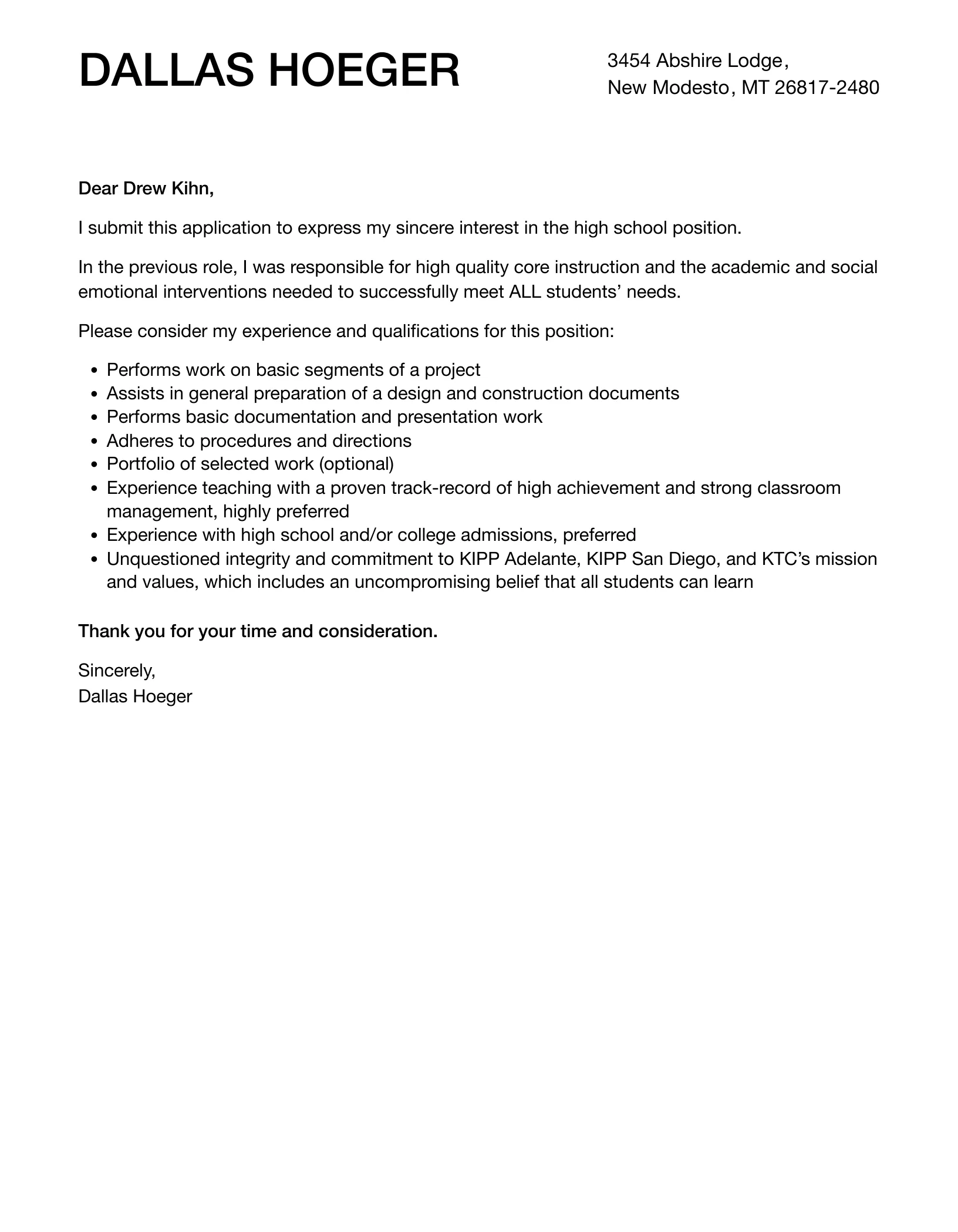Why Cover Letters Matter for High School Students
In the competitive world of part-time jobs, internships, and even college applications, a well-crafted cover letter can be your secret weapon. For high school students, a cover letter is more than just a formality; it’s your first real chance to make a positive impression and set yourself apart from other applicants. It allows you to provide context to your resume, explain any gaps in your experience, and demonstrate your genuine interest in the opportunity. Unlike a resume, which is a factual summary of your achievements, a cover letter allows you to inject your personality, highlight your skills, and express your enthusiasm. It’s your chance to connect with the reader on a personal level and show them why you’re the perfect fit.
Showcasing Your Skills & Accomplishments
Your cover letter is the perfect platform to showcase the skills and accomplishments you’ve gained. Think about the skills that you have acquired through academics, extracurricular activities, volunteering, or any past work experiences. These skills can be categorized into hard skills, which are measurable abilities such as proficiency in a specific software, and soft skills, which are more intangible attributes like communication, teamwork, and problem-solving. Highlight how these skills align with the requirements of the job or opportunity you are seeking. Provide specific examples that illustrate your skills in action. For instance, instead of simply stating that you are a good communicator, describe a situation where you successfully explained a complex concept or resolved a conflict.
Highlighting Academic Achievements
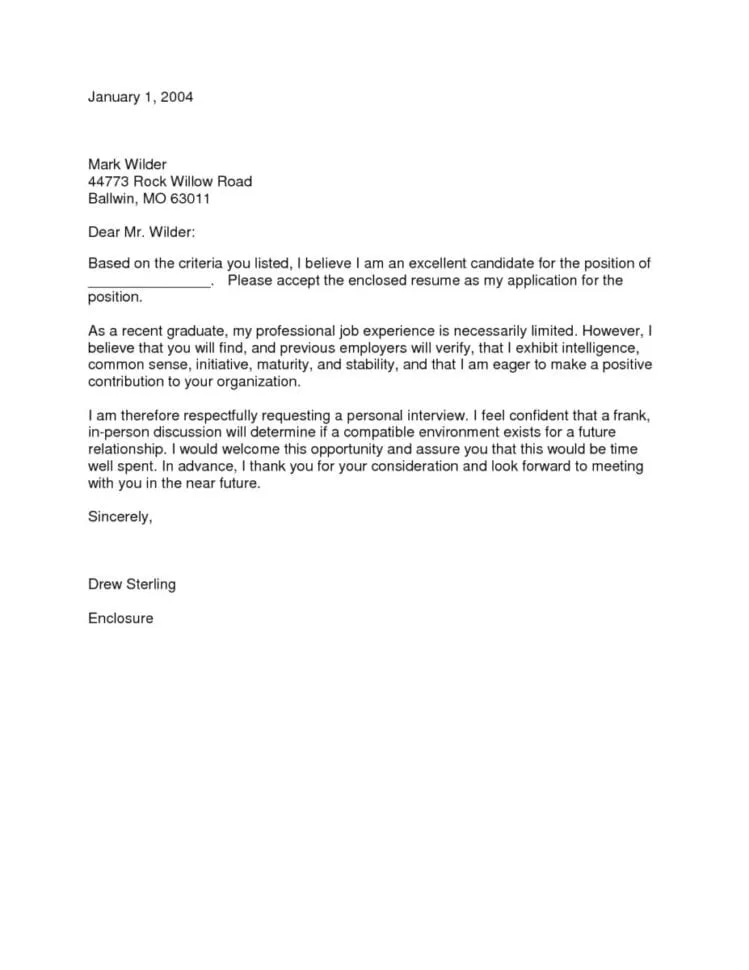
Your academic achievements demonstrate your dedication, work ethic, and ability to learn. Mention any academic honors, awards, or recognition you have received, such as being on the honor roll, receiving a subject-specific award, or participating in advanced placement courses. Briefly explain the nature of these achievements and what they signify. For instance, if you received an award for outstanding performance in a particular subject, briefly describe the subject matter and why you found it engaging. This demonstrates your passion for learning and your commitment to excellence, traits that are highly valued by employers and organizations. Don’t be afraid to show off your good grades - it’s a testament to your hard work!
Detailing Extracurricular Activities
Extracurricular activities provide valuable opportunities to develop skills and demonstrate your interests and passions. Highlight your involvement in clubs, sports teams, volunteer organizations, or any other activities you participate in outside of the classroom. Briefly describe your role and responsibilities in each activity, emphasizing the skills you developed and the accomplishments you achieved. Consider mentioning leadership positions held, projects completed, or any significant contributions you made. For example, if you were the treasurer of a club, you can showcase your organizational and financial skills. If you were a team captain, you can highlight your leadership and teamwork abilities. Make sure the activities that you have performed are related to your skills.
Demonstrating Soft Skills
Soft skills are essential for success in any field, and employers are always looking for candidates who possess these qualities. In your cover letter, highlight your soft skills and provide specific examples that showcase them in action. Some important soft skills include communication, teamwork, problem-solving, time management, and adaptability. To illustrate your communication skills, describe a situation where you effectively presented information, resolved a conflict, or collaborated with others. When highlighting teamwork, share an experience where you worked effectively in a group to achieve a common goal. Showcasing your soft skills makes you look well-rounded. You will set yourself apart from the rest when highlighting these.
Communication & Teamwork
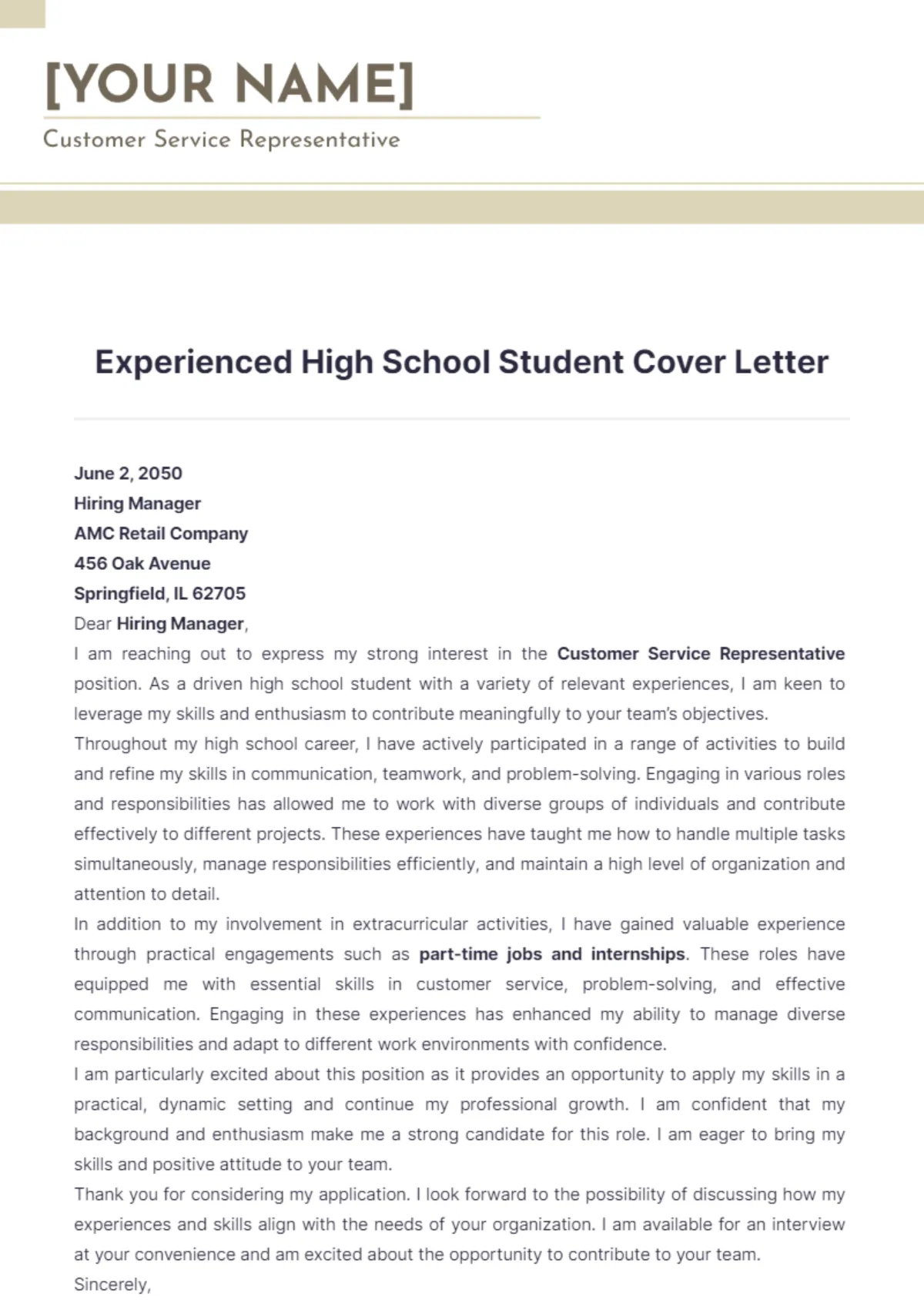
These skills are vital in almost every job. Your ability to express yourself clearly, both in writing and verbally, is crucial. Give an example of a time you successfully communicated a complex idea or resolved a misunderstanding. Teamwork involves working collaboratively, supporting others, and contributing to a shared goal. Describe a situation where you worked effectively with a team to achieve success, highlighting your specific contributions to the team’s performance. Was there a project? Did you make a difference? These are the things that you will want to include.
Leadership & Initiative
Leadership isn’t necessarily about holding a title; it’s about taking initiative, motivating others, and guiding a group towards a common goal. Provide an example of a time when you took initiative to solve a problem or improve a situation, even if you weren’t in a formal leadership role. If you’ve led a team, describe your leadership style and how you motivated your team members. Initiative shows that you can think on your own and get things done without being told.
Formatting a Professional Cover Letter
The format of your cover letter is crucial for creating a professional impression. A well-formatted cover letter is easy to read, visually appealing, and reflects your attention to detail. Start with a clean, professional font like Arial or Times New Roman. Use a standard font size, such as 11 or 12 points. Keep your cover letter concise, ideally one page long. Use clear and concise language, avoiding jargon or overly complex sentences. Break up the text into paragraphs with appropriate spacing to make it easy to read. Proofread your cover letter carefully to eliminate any grammatical errors or typos.
Contact Information & Date
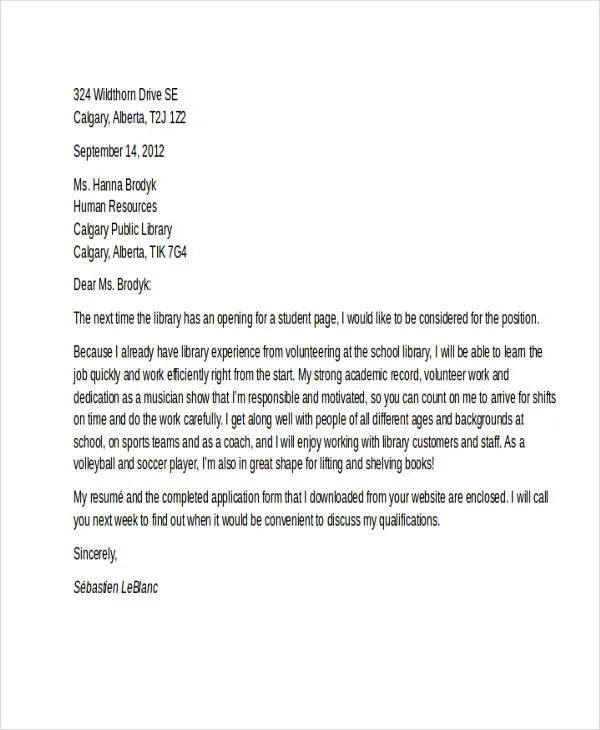
At the top of your cover letter, include your contact information, such as your full name, address, phone number, and email address. This information should be aligned to the left or right. Then, add the date directly below your contact information. Ensure that you format the date correctly, such as month, day, year.
Recipient’s Information
Below the date, include the recipient’s information. If you know the name of the hiring manager or the person to whom you are addressing the cover letter, include their name, title, company name, and address. If you are unsure of the recipient’s name, research on the company website or LinkedIn. If you are unable to find a specific name, you can use a generic greeting such as “Dear Hiring Manager.”
Salutation
The salutation sets the tone for your cover letter. Begin your cover letter with a professional and appropriate salutation. The best approach is to address the hiring manager by name, using “Dear Mr./Ms./Mx. Last Name.” If you are unsure of the hiring manager’s name, use a generic greeting, such as “Dear Hiring Manager.” Avoid using overly casual greetings like “Hello” or “Hi.”
Body Paragraphs
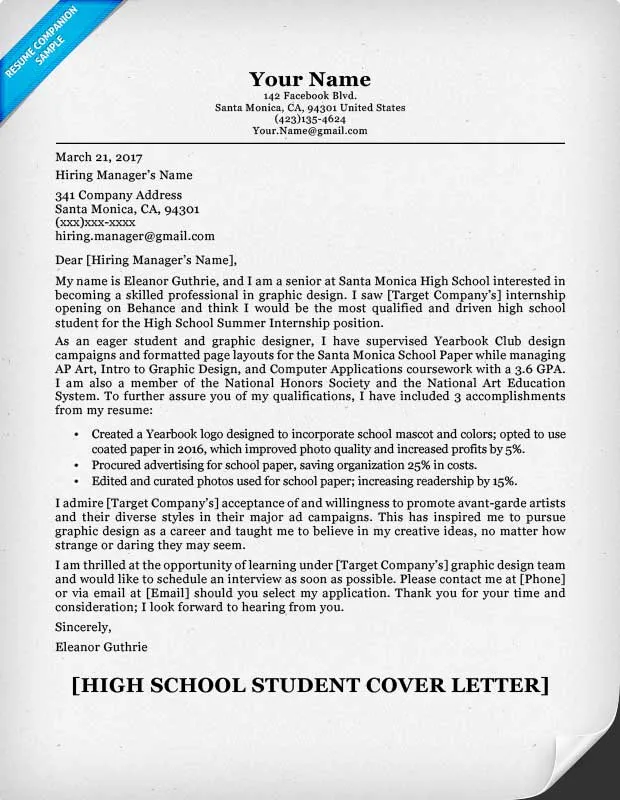
The body paragraphs are the heart of your cover letter, where you communicate your qualifications, skills, and enthusiasm for the position. The body of your cover letter typically consists of three to four paragraphs. Each paragraph should focus on a specific aspect of your application, such as explaining your purpose in writing, highlighting your skills, and expressing your interest in the opportunity. When writing each paragraph, you will want to make sure that you keep it simple and to the point. Make sure that you proofread and edit to remove any grammatical errors.
First Paragraph: Purpose
Start your cover letter with a clear and concise statement of purpose. Clearly state the position you are applying for and how you learned about the opportunity. Briefly mention why you are interested in the position or the organization. This paragraph sets the tone for the rest of the cover letter and lets the reader know immediately what you are applying for.
Second Paragraph: Skills & Experiences
In the second paragraph, highlight your relevant skills and experiences. Focus on the skills and experiences that align with the job requirements. Provide specific examples that illustrate your skills in action. Quantify your achievements whenever possible. Use strong action verbs to describe your accomplishments. This paragraph is your chance to make a strong case for why you are qualified for the position.
Third Paragraph: Enthusiasm & Fit
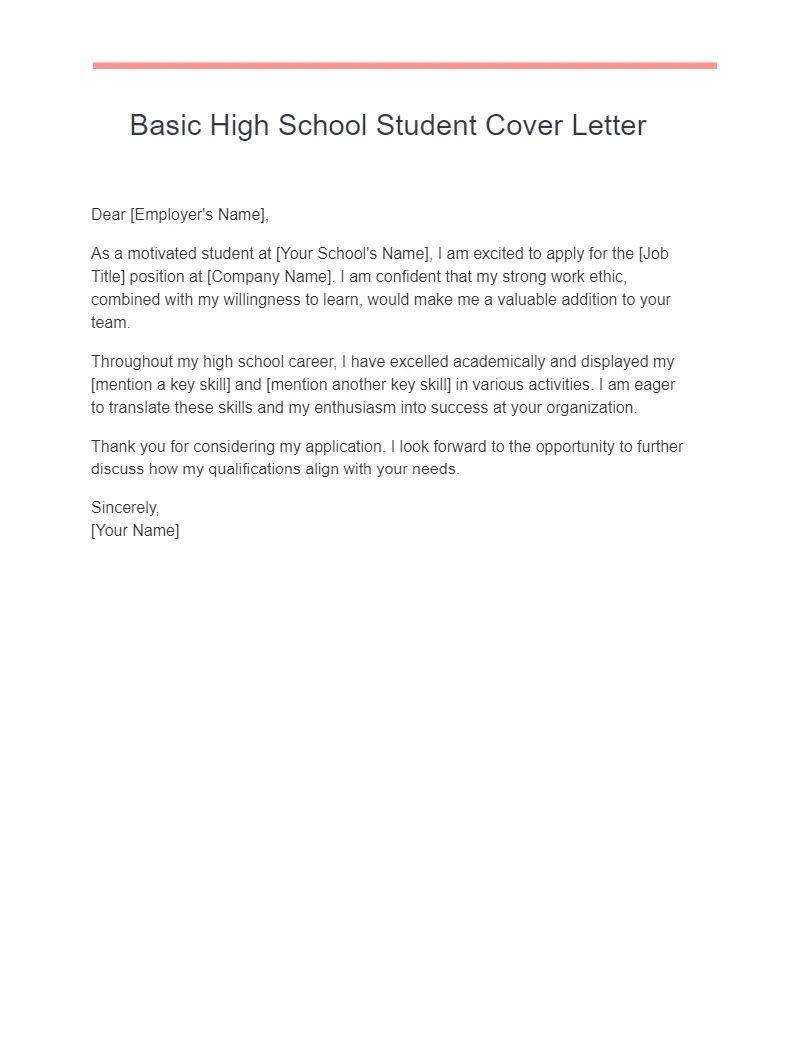
In the third paragraph, express your enthusiasm for the opportunity and explain why you are a good fit for the organization. Demonstrate that you have researched the organization and understand its mission and values. Explain why you are excited about the opportunity, and highlight how your skills and experiences align with the company’s needs. Be authentic and sincere, showing that you genuinely want to be part of the team.
Closing & Call to Action
Conclude your cover letter with a strong closing statement and a call to action. Thank the hiring manager for their time and consideration. Reiterate your interest in the position and express your eagerness to discuss your qualifications further. Provide your contact information again, and state that you are available for an interview. End your cover letter with a professional closing, such as “Sincerely,” or “Respectfully,” followed by your full name.
Proofreading & Editing
Before submitting your cover letter, proofread and edit it carefully. Check for any grammatical errors, typos, or spelling mistakes. Ensure that your writing is clear, concise, and easy to understand. Have a trusted friend, teacher, or career counselor review your cover letter for feedback. A polished, error-free cover letter demonstrates your attention to detail and professionalism.
Cover Letter Don’ts for High School Students
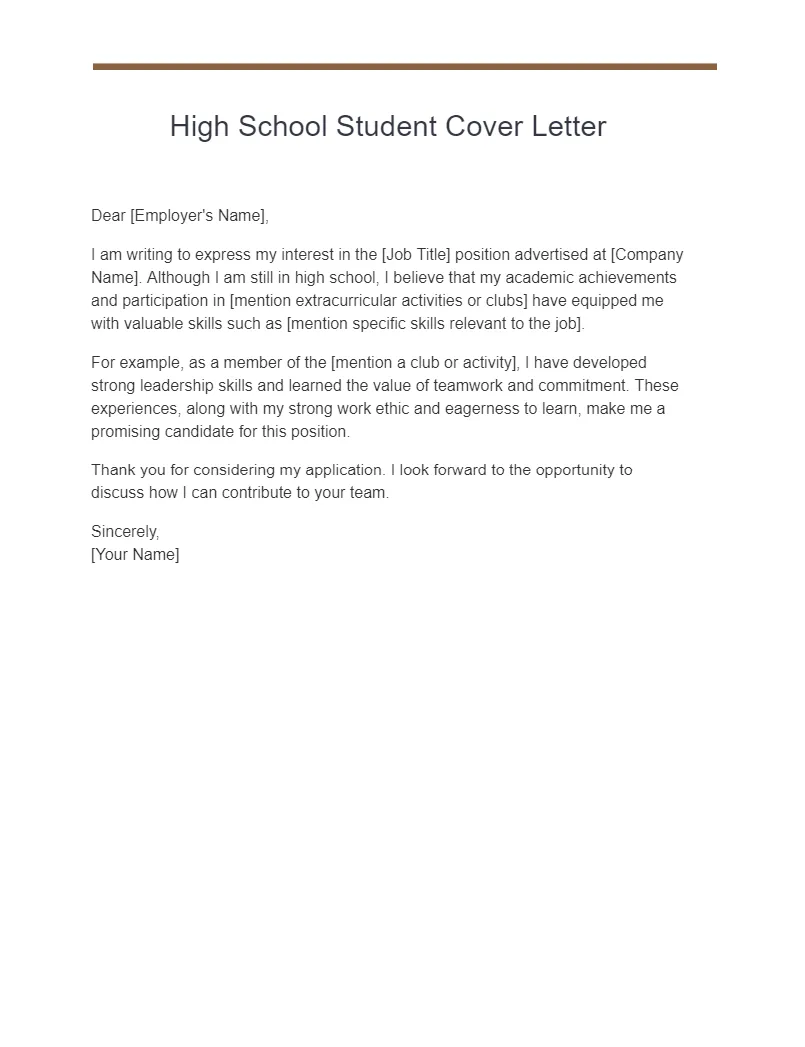
There are several common mistakes that high school students should avoid when writing a cover letter. Make sure that you write in a simple and easy to read format. Also, make sure that you keep your letter short. Don’t include unnecessary information. Always focus on what the company is looking for. Do some research on the company to make sure you know what they need. Also, make sure that you proofread and edit your work. Be sure that you don’t have any grammatical errors.
Common Mistakes to Avoid
- Using generic templates without customizing them for the specific job.
- Including irrelevant information or rambling excessively.
- Having grammatical errors or typos.
- Failing to proofread and edit your cover letter.
- Using slang or casual language that is not appropriate for a professional setting.
